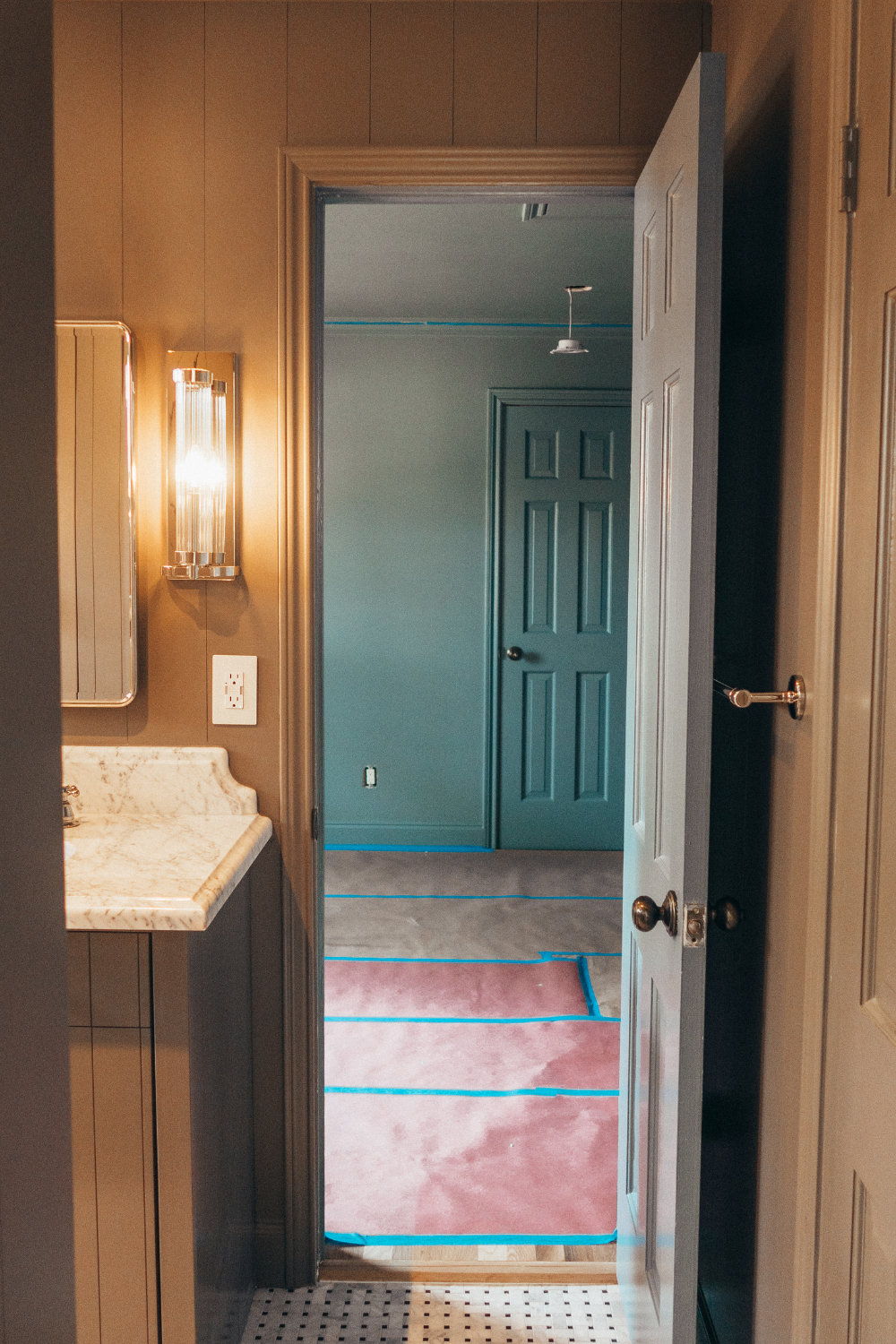
Should You Paint Your Ceiling the Same Color as Your Walls?
When it comes to interior design, choosing the right colors for your walls and ceiling can significantly impact the overall aesthetics and ambiance of a room. One common question that arises is whether painting the ceiling the same color as the walls is a good idea. While this trend is gaining popularity, it’s essential to weigh the pros and cons before making a decision. In this article, I’m diving into the benefits and potential drawbacks of painting your ceiling the same color as your walls, helping you make an informed choice for your living spaces.
Pros of Painting the Ceiling the Same Color as the Walls
- Visual Cohesion: One of the primary advantages of painting the ceiling and walls the same color is the visual continuity it creates. This approach can make the room feel more expansive and harmonious, particularly in smaller spaces, as there are no contrasting color boundaries to break up the visual flow.
- Height Perception: When the walls and ceiling share the same color, the eye is drawn upwards, creating an illusion of increased height. This effect can make a room feel more open and airy, perfect for spaces with lower ceilings.
- Simplicity and Elegance: A monochromatic color scheme exudes simplicity and elegance. It provides a clean, modern look that can serve as a backdrop for various styles of decor and furnishings. It also eliminates the need to coordinate multiple colors, making the design process more straightforward.
- Focus on Details: With the ceiling and walls in the same hue, attention can shift to other design elements, such as architectural details, artwork, or furniture. This can add depth and character to the room without the distraction of contrasting colors.
Cons of Painting the Ceiling the Same Color as the Walls
- Diminished Ceiling Definition: While a seamless color transition can create visual flow, it may also downplay the architectural features of your ceiling. If your ceiling boasts unique designs or trim work, painting it the same color as the walls might make those features less noticeable.
- Risk of Monotony: While a monochromatic color scheme has its merits, there’s a potential risk of the room feeling monotonous or uninspiring. Without careful attention to texture and contrast, the design might lack the visual interest that contrasting ceiling and wall colors can provide.
- Lighting Considerations: The color of your ceiling can influence how light interacts with the space. If you opt for a dark color, it could absorb light and make the room feel cozier but potentially darker. Lighter ceiling colors, on the other hand, can help bounce light around, creating a brighter ambiance.
Factors to Consider
- Room Size and Ceiling Height: Consider the dimensions of the room. In smaller spaces, painting the ceiling the same color as the walls can promote a sense of openness. However, in larger rooms, it might be more appropriate to create visual separation with different colors.
- Personal Style: Your personal design preferences play a significant role. If you appreciate a more unified, serene atmosphere, painting the ceiling and walls the same color might align with your taste.
- Architectural Elements: Take into account the existing architectural elements in the room, such as moldings, beams, and trim. If these details are worth highlighting, choosing a contrasting ceiling color could be a strategic design choice.
Ultimately, the decision to paint your ceiling the same color as your walls depends on your design goals, room dimensions, and personal preferences. Personally, I feel this approach can enhance cohesion, create height perception, and exude elegance when mixed with the right textures and furniture. However, it’s essential to balance these benefits against potential downsides like diminished ceiling definition and monotony. By considering your room’s unique features and your personal style, you have to tools to decide whether to embrace this design or explore other color options that suit your vision for a well-designed space.
Paint used in photo: Selvedge by Farrow and Ball. Dead Flat on ceiling, Modern Emulsion on Walls and Modern Eggshell on all wood work and trim.

